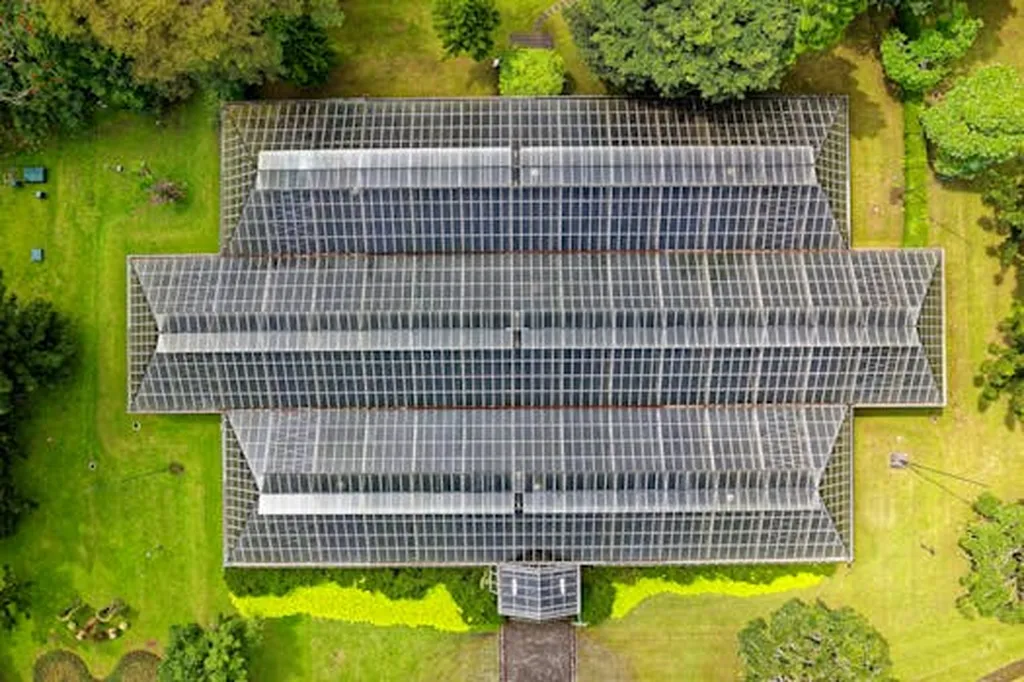In the heart of France, a team of researchers led by Sandro Bimonte from the TSCF at INRAE (the French National Research Institute for Agriculture, Food, and Environment) is pioneering a novel approach to sustainable agriculture that could revolutionize the way we farm. Their work, recently published in the *Journal of Big Data* (translated as *Journal of Large Data*), introduces a groundbreaking architecture for an Internet of Robotic Things (IoRT) system, designed to manage the vast, real-time, and diverse data streams that are becoming increasingly vital in modern agriculture.
The integration of Internet of Things (IoT) and robotics has already begun to transform agro-ecological practices, offering solutions for specific farming applications. However, until now, there has been no comprehensive reference architecture that addresses the multifaceted data management and operational requirements of sustainable farming. Bimonte and his team aim to fill this gap with their novel IoRT architecture, which leverages existing frameworks and technologies to provide robust data management, ensure data quality, and support sustainable farming practices.
“The agricultural sector is facing unprecedented challenges, from climate change to food security,” Bimonte explains. “Our IoRT architecture is designed to help farmers navigate these challenges by providing them with real-time, actionable insights derived from the vast amounts of data generated on their farms.”
The proposed architecture is demonstrated through several case studies, showcasing its applicability and efficiency in real-world scenarios. One such case study involves a vineyard in France, where the IoRT system was used to monitor soil moisture levels, optimize irrigation, and ultimately improve grape yield and quality. The system’s ability to integrate and analyze data from various sources, including sensors, drones, and robotic equipment, proved invaluable in this context.
The commercial implications of this research are significant, particularly for the energy sector. As the world shifts towards more sustainable practices, the demand for energy-efficient farming solutions is on the rise. The IoRT architecture developed by Bimonte and his team could play a pivotal role in this transition, helping farmers reduce their energy consumption and carbon footprint while improving productivity.
Moreover, the architecture’s ability to manage and analyze large volumes of data in real-time could open up new opportunities for energy companies. For instance, the data generated by IoRT systems could be used to optimize energy distribution and consumption on farms, or to develop new energy services tailored to the needs of the agricultural sector.
As we look to the future, the research conducted by Bimonte and his team at INRAE could shape the development of smart farming solutions worldwide. By providing a comprehensive reference architecture for IoRT systems, they are paving the way for more sustainable, efficient, and productive agricultural practices. And as the world continues to grapple with the challenges of climate change and food security, the importance of this work cannot be overstated.
In the words of Bimonte, “This is not just about developing new technologies; it’s about creating a more sustainable future for us all.” With their novel IoRT architecture, he and his team are taking a significant step in that direction.

